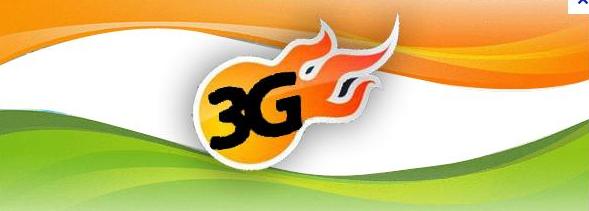The number of smartphone in use surpassed 1 billion milestone in Q3 2012. The data consumption on mobile handsets is continuously increasing with dizzying pace, and now, data appetite users are looking for 4G LTE enabled smartphones. It’s pretty clear that increasing number of smartphones has accounted for higher 3G penetration around the world.
According to a recent report from Portio Research, the worldwide mobile subscriber base will reach 6.5 billion by the end of 2012, taking global mobile penetration to about 91%. The subscriber base is expected to grow at compound Annual growth rate (CAGR) of 7.3% in 2011-16 and it will reach 8.5 billion by the end of 2016. Asia Pacific and Africa are considered as main driving forces. Besides, annual handset shipments will crossover 2 billion and 2.1 billion in 2015 and 2016 respectively.
However, growth rate of smartphone shipments is quite impressive compare to overall mobile handsets shipments. Smartphone shipments is expected to mount up at a CAGR of 17.7% over the period 2011-16, whereas overall mobile handsets will grow at the CAGR of 6.8% during the same period. In 2011, smartphone accounted for around 31% of total handset shipments and this figure is expected to reach 39.1% by the end of this year.
Till the end of 2011, Japan was at the top in terms of 3G penetration with 95% of penetration, followed by Korea and Australia with 85% and 76% penetration respectively. However, India showed off 841% year-over-year (Y/Y) growth in 3G subscriber base in 2011, despite 3G penetration in the country was just 4% until the end of 2011.
Poor 3G Penetration In India
In matured market, demand of feature phones is continuously declining day-over-day, whereas shipment of the device in emerging market like India is still following an increasing trend. In India, majority of users still have 2G enabled feature phones and they are relying on their mobile handsets just for ‘calling and texting’ purposes. And this is the main reason why 3G and smartphone penetrations in the country are pathetic.
Indian users have very tight-budget for data planning and 3G tariffs are still expensive compare to 2G. The reason is that Indian telecom vendors invested INR 70,000 crore in 3G biding and INR 10,000 crore on infrastructure for 3G. And it’s compulsion for 3G vendors to keep the tariffs high in order to recover their investment.
In addition to these, 3G enabled devices are still expensive compare to 2G enabled devices. In India, few brands are offering 3G supported devices . Anyway, lacks of cheaper 3G- enabled hardware in the country are somehow responsible for poor 3G penetration.
In India, 3G service was introduced by Tata Teleservices in November 2010, despite of this, just 33 million users in the country subscribed for 3G services till the end of quarter first 2012, which was even less than 4% of total telecom subscriber base. Ironically, actual 3G subscribers in the country is just one third of total 3G subscriber base. However, India is the world’s eighth largest country in terms of 3G subscriber base, but 3G penetration in the country is still shabby.
Scope For 3G Networks In India
Now, Indian brands including Micromax, Lava and other have released sequences of 3G enabled smartphones in past few months. In early 2012, major cellular operators slashed 3G tariffs and they started reaping dividends. Telecom vendors in the country slashed 3G tariffs by 70-80% in order to attract more smartphone users. However, reduction in 3G tariffs was initiated by Airtel with 70% reduction, followed by Reliance and Vodafone, they slashed their 3G tariffs by 80%. Furthermore, Idea cellular, Aircel and more vendors reduced their 3G tariffs in order to entice significant number of users.
However, an advent of social networking sites and mobile optimized websites have fueled data consumptions on mobile devices and now, users are relying on faster networks (beyond 2G). Those who are really appetite to access internet on their mobile handsets are likely to have 3G- enabled handsets and of course, they have turned the tide in favor of 3G operators.
Interestingly, almost half of the web traffic in the country is being generated by mobile handsets. Despite of poor initiation, Indian 3G market is expected to reach new height by the end of 2017. It’s expected that more than 370 million 3G enabled mobile handsets will be in India by 2017.


